Discovery of the largest monolithic Linga - Yoni in Vietnam
According to Mr. Phan Ho - Director of My Son Cultural Heritage Management Board, recently, during the excavation and discovery of Temple A10 to serve the restoration of Tower Group A in My Son Temple Complex, Indian and Vietnamese experts discovered many artifacts, most notably the altar and 4 stone pillars. In particular, the A10 altar was arranged by experts from more than 20 fragments to become the most complete altar in My Son Temple Complex.
"With the monolithic Linga - Yoni still quite intact, measuring 2.24m x 1m68, just discovered and the base of the altar decorated with patterns, door arches, and masters in the 9th century Dong Duong style, this altar has very high value in terms of culture and artistic sculpture", Mr. Ho said. Mr. Jalihal Ranganath - Head of the My Son World Heritage Conservation Working Group (part of the My Son World Heritage Restoration Project between Vietnam and India) said that this is the largest monolithic Linga - Yoni set discovered to date at the My Son Temple Complex as well as in Champa sculpture.
“With this discovery, we have a complete altar of Temple A10. The discovery and restoration of the original position of the altar and 4 stone pillars of Temple A10 has clarified the function of the temple as a place to worship Shiva through the Linga - Yoni symbol and has returned the worship space as before,” said Mr. Jalihal Raganath. Temple A10 was built in the 9th century under the reign of King Indravarman II - the king who built the famous Dong Duong Buddhist monastery in 875. Along with Temple B4, Temple A10 is one of 2 typical temples in Dong Duong style in My Son valley.
 Workers renovating temple area A10
Workers renovating temple area A10
Excavated in 1903 and 1904, the southern wall of the A10 temple adjacent to the A1 tower was still quite high. However, due to neglect and the war in Vietnam in 1969 and 1972, this structure was seriously affected. The results of excavations at the My Son Temple Complex by experts from the French School of the Far East (EFEO, France) in 1903 - 1904 showed that most of the temples had been disturbed by treasure hunts before the experts approached.
Within that complex, the A10 temple was also disturbed in the sacred pit. This disturbance caused the A10 altar to collapse to the bottom of the pit. During the period of 1903 - 1904, due to technical limitations, it was impossible to lift this huge Linga - Yoni out of the sacred pit. At the same time, when cleaning and excavating the bottom of the pit, the stone pieces that had been blocking the Linga - Yoni were so tightly packed that it was impossible to lift the remaining stone blocks of the altar from the bottom of the pit.
According to Cham culture researcher Tran Ky Phuong, the A10 and A1 temple altars were influenced by the My Son E1 altar, but the decorations were simpler. This was due to the change in temple architecture during the period from the 8th century to the second half of the 9th century, from open temple architecture to closed temple architecture. It is known that the Department of Culture, Sports and Tourism of Quang Nam province is promoting the preparation of a dossier to request competent authorities to recognize the monolithic Linga - Yoni, measuring 2.24m x 1m68, recently discovered at the My Son Temple Complex as a national treasure. If recognized, this will be the second national treasure at the My Son Temple Complex.
 Decorative painting at the foot of the altar A10
Decorative painting at the foot of the altar A10
Previously, in 2015, the Prime Minister decided to recognize the Mukhalinga statue in My Son Temple Complex as a national treasure. This artifact was discovered in November 2012, after a heavy rain, about 10m east of E4 Temple. Mukhalinga is made from a block of brownish-yellow sandstone, with large, interconnected grains and strange veins. Mukhalinga is the only artifact discovered in Vietnam, describing the principle of reincarnation of the universe in Champa culture.
The Mukhalinga statue dates back to the 7th - 8th century, is 126.5cm high and consists of 3 parts: round, octagonal, and square. The bottom square part is Brahma, symbolizing birth; the middle octagonal part is Vishnu, symbolizing existence; the top round part is Shiva, symbolizing destruction.
Complex of more than 70 temples and towers
The My Son Temple Complex is located in a valley about 2km in diameter, surrounded by hills and mountains. This is considered one of the main Hindu temple centers in Southeast Asia and is the only heritage of this genre in Vietnam. According to scientists, the My Son Temple Complex was built in the 4th century and additional temples and towers were built over many centuries. This was once a place for worshiping of the Champa kingdom as well as the tombs of Champa kings or royal relatives.
After a long period of oblivion, this temple complex was not discovered until 1885. In December 1999, My Son Temple Complex was recognized by UNESCO as a World Cultural Heritage. My Son Temple Complex is a complex of more than 70 temples with many architectural and sculptural styles representing each historical period of the Champa Kingdom and is divided into 6 types: ancient style, Hoa Lai, Dong Duong, My Son, PoNagar and the style of Binh Dinh people.
Most of the architectural works and sculptures here are influenced by Hinduism. EFEO experts divided the architectural works in My Son Temple Complex into 10 main groups: A, A', B, C, D, E, F, G, H, K and named each work by combining letters and numbers. According to Mr. Phan Ho, the excavation and discovery of Temple A10 is part of the My Son World Cultural Heritage restoration project between Vietnam and India, carried out from 2015 to 2021 with a total cost of more than 60 billion VND, of which the Indian Government sponsored 50 billion VND.
In the first 5 months of 2020, Indian and Vietnamese experts along with 100 skilled workers have been working diligently, and now temples A10, A11, A8 and the surrounding wall are nearing completion. The remaining towers in group A will continue to be restored in 2021. Group A is nearly 3,000 square meters wide, the center of the My Son World Heritage Site, surrounded by a brick wall more than 1 meter thick. This is the most intact tower complex in the My Son World Heritage Site.
It is known that during the restoration of group H, K in 2017, Indian and Vietnamese experts discovered an ancient road and wall leading underground. Experts said that this was the ancient route used by the royal family and religious dignitaries to travel when entering the temple complex to perform ceremonies.
In addition, experts also found many valuable artifacts such as: 2 stone statues with human body and lion head and other architectural details made of terracotta buried under the ancient towers. Experts determined that these artifacts date back to the period of construction of tower K, that is, around the 11th - 12th century.
Phung Temple
Source: https://baophapluat.vn/can-canh-linh-vat-linga-yoni-lien-khoi-the-ky-ix-lon-nhat-viet-nam-moi-duoc-phat-hien-post349395.html


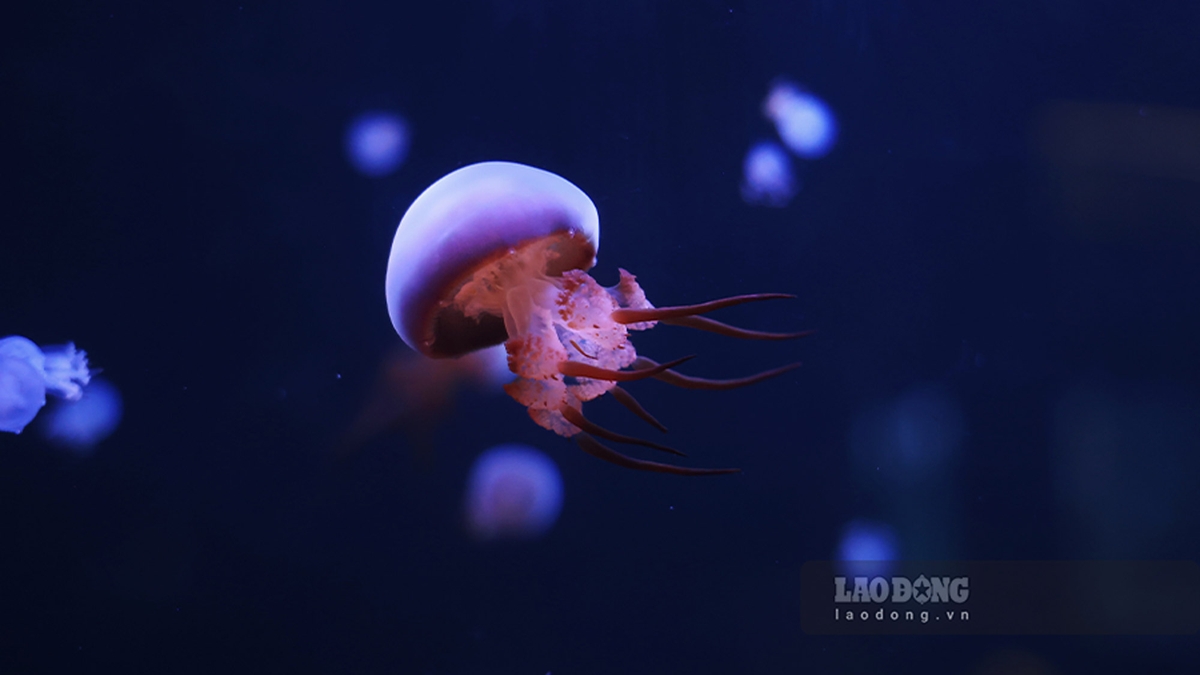


![[Photo] Opening of the 14th Conference of the 13th Party Central Committee](https://vphoto.vietnam.vn/thumb/1200x675/vietnam/resource/IMAGE/2025/11/05/1762310995216_a5-bnd-5742-5255-jpg.webp)

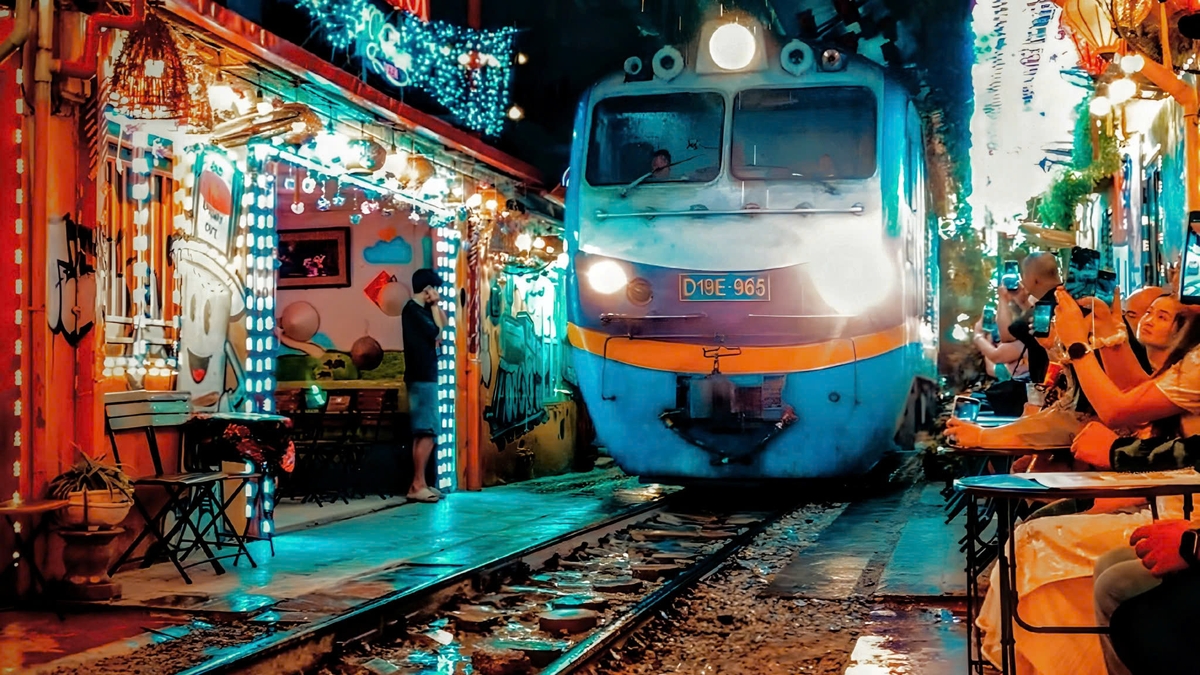
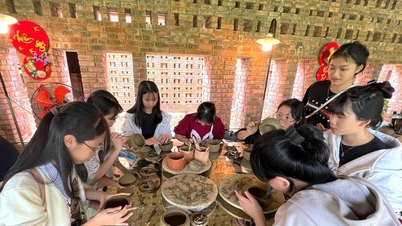

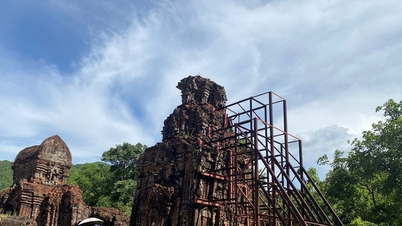
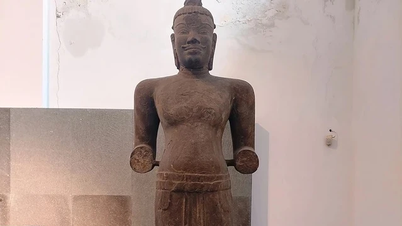

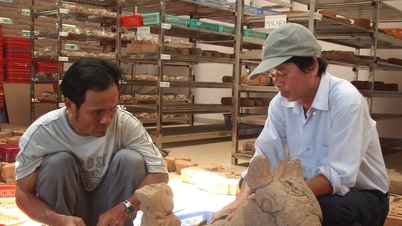
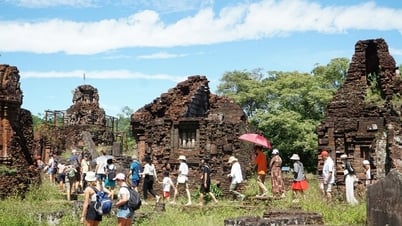

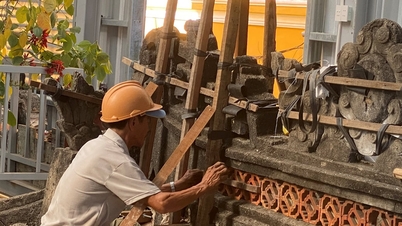


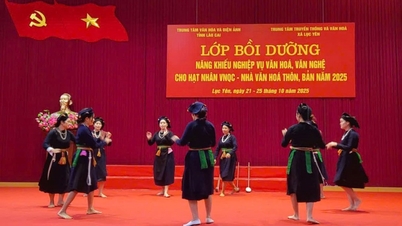

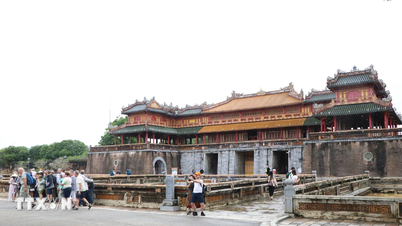



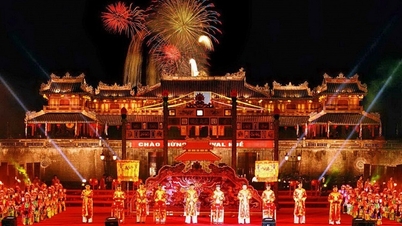


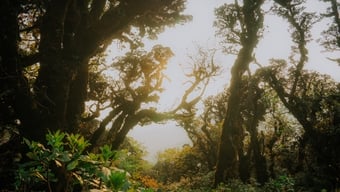
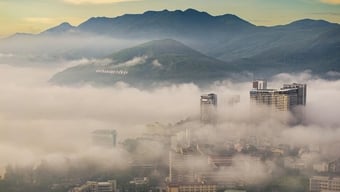



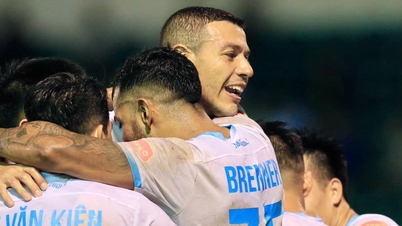
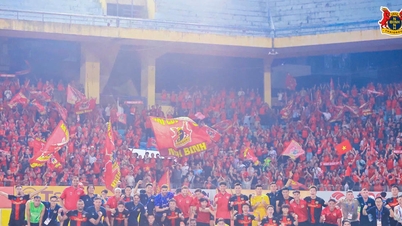



![[Photo] Panorama of the Patriotic Emulation Congress of Nhan Dan Newspaper for the period 2025-2030](https://vphoto.vietnam.vn/thumb/1200x675/vietnam/resource/IMAGE/2025/11/04/1762252775462_ndo_br_dhthiduayeuncbaond-6125-jpg.webp)

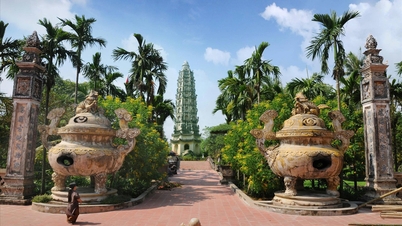



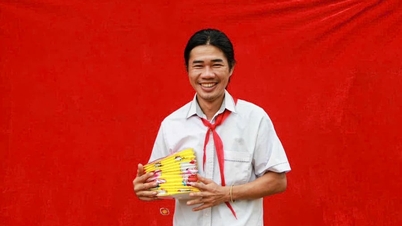

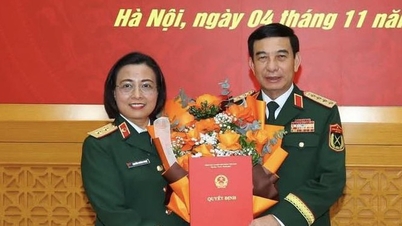

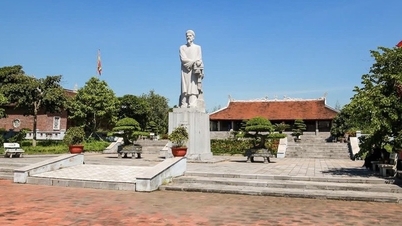




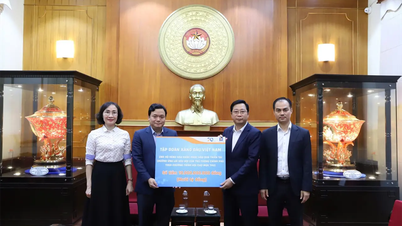


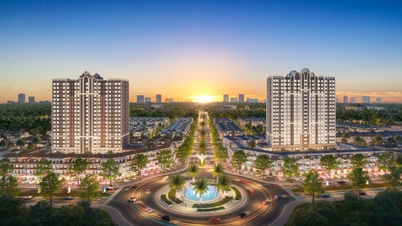
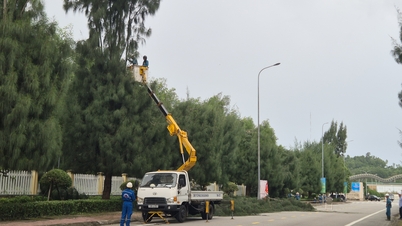



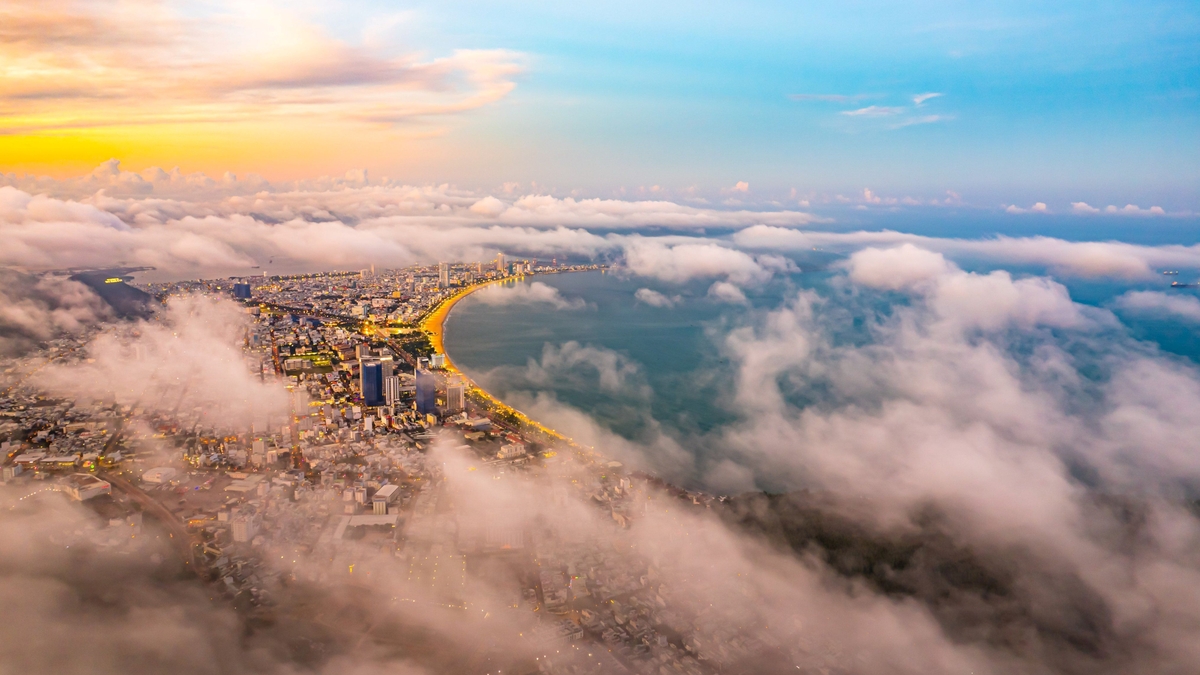
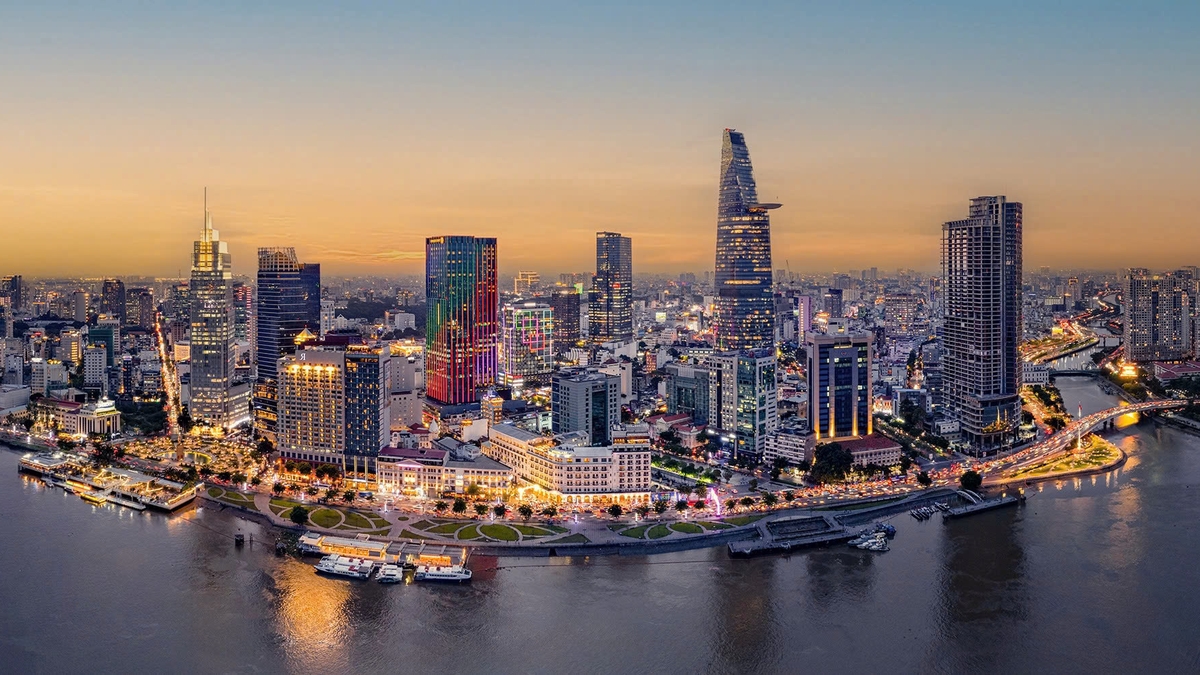


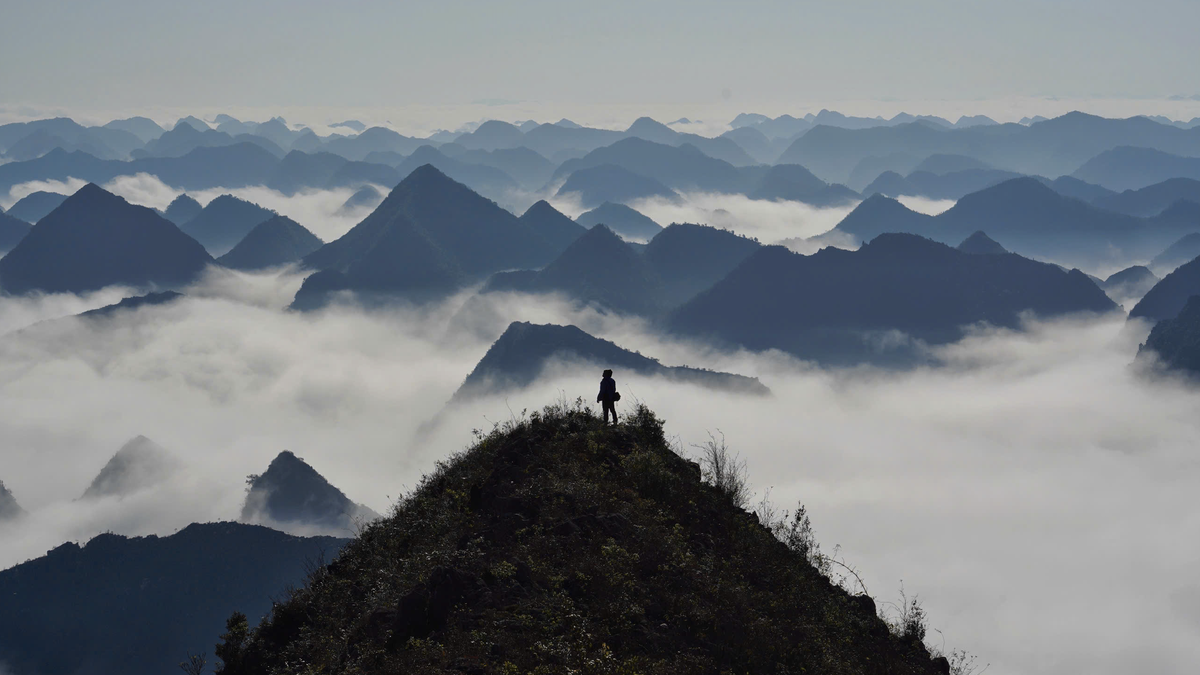
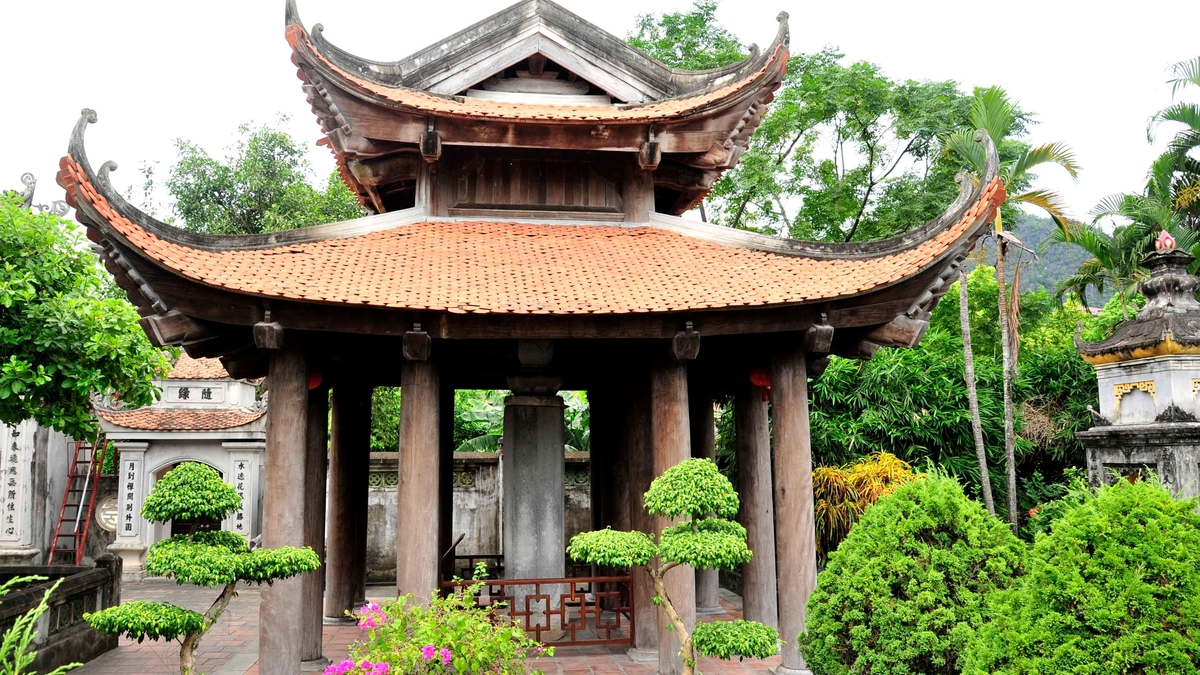
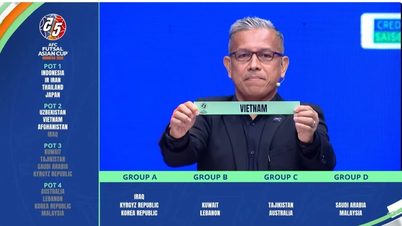






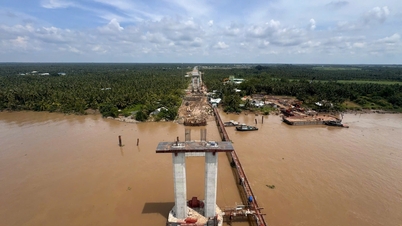






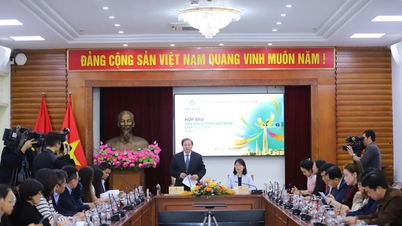
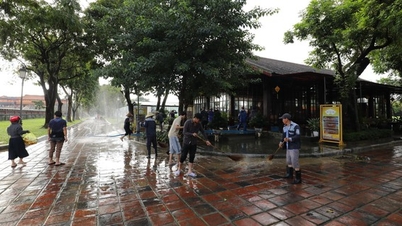
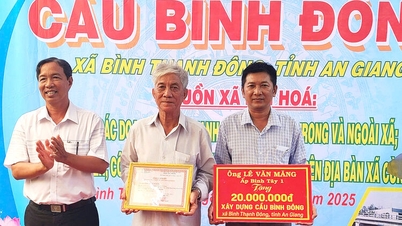

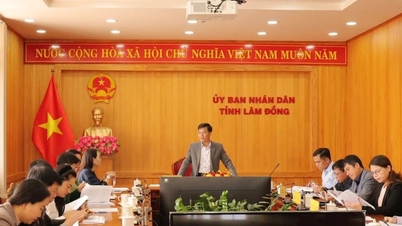

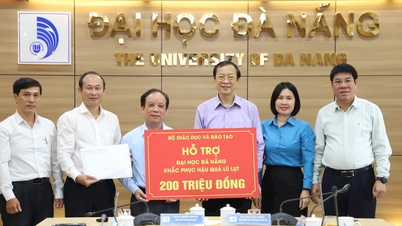


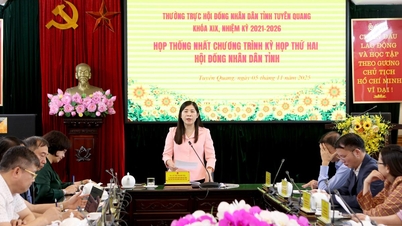

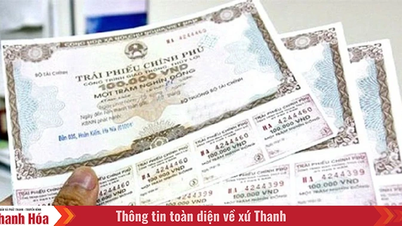

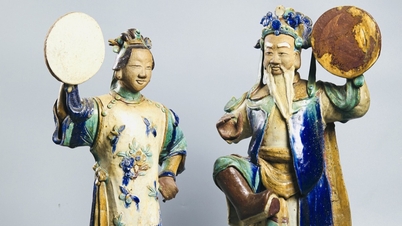



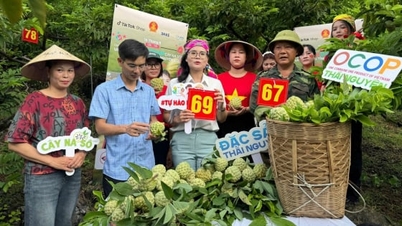
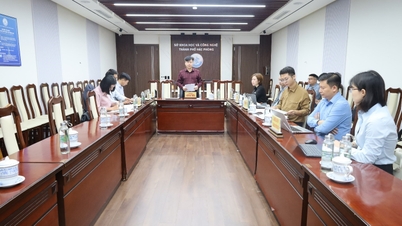

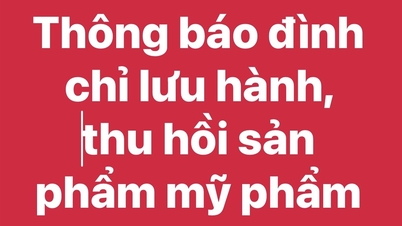


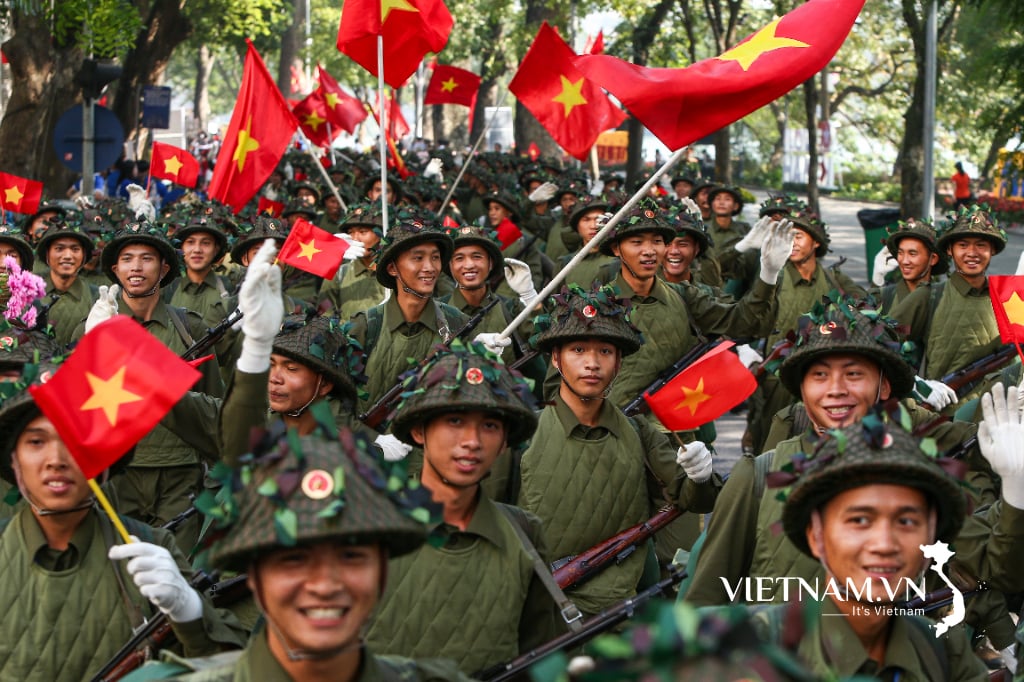
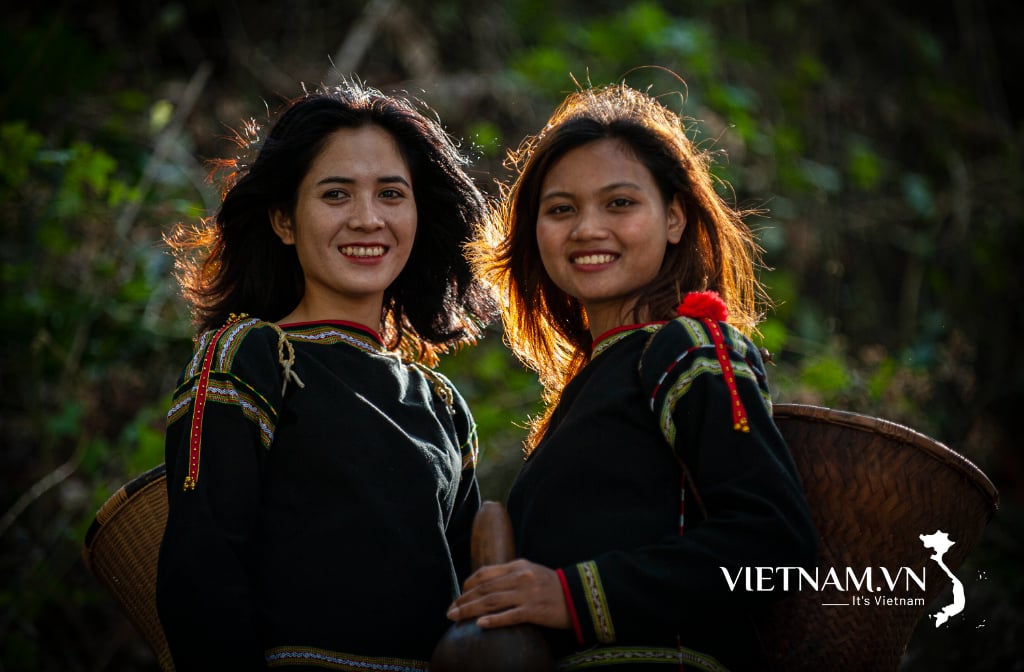

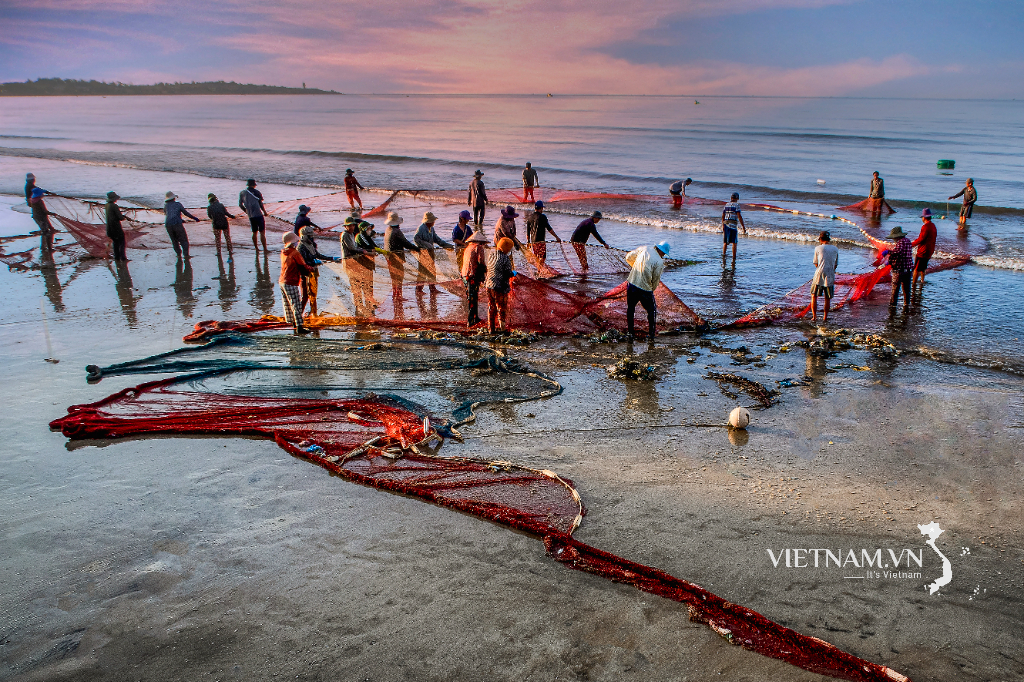
Comment (0)